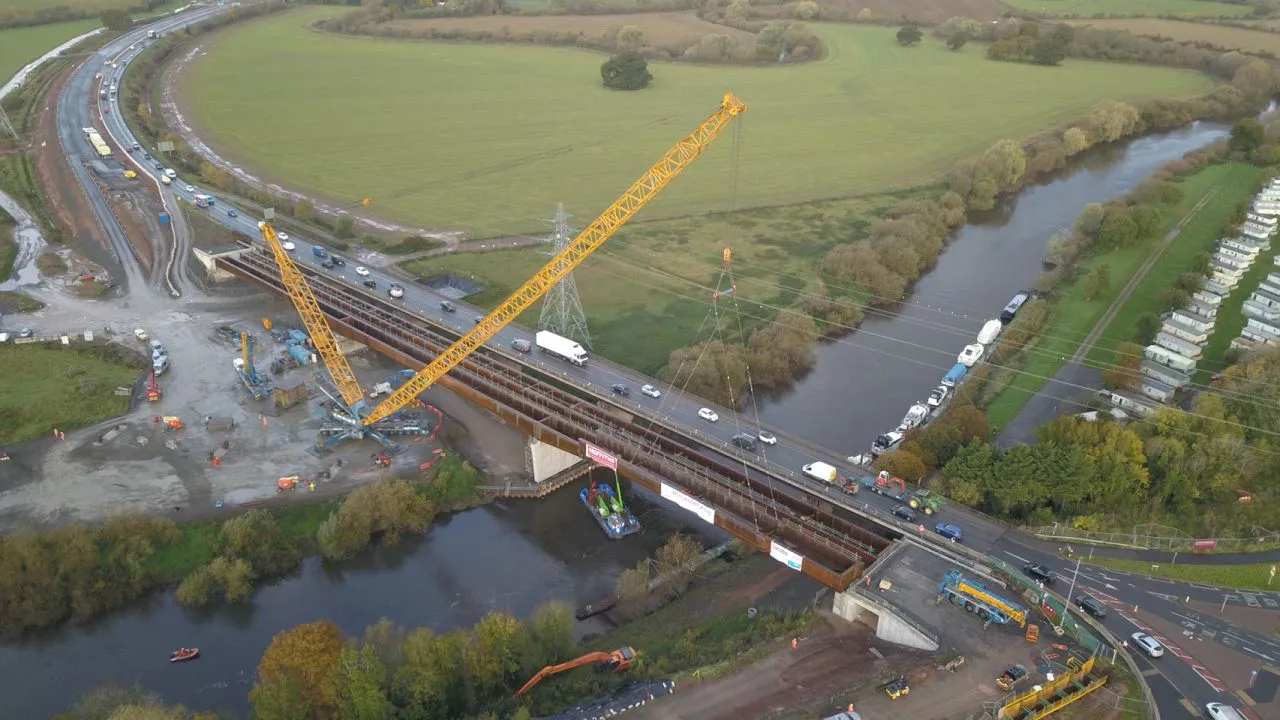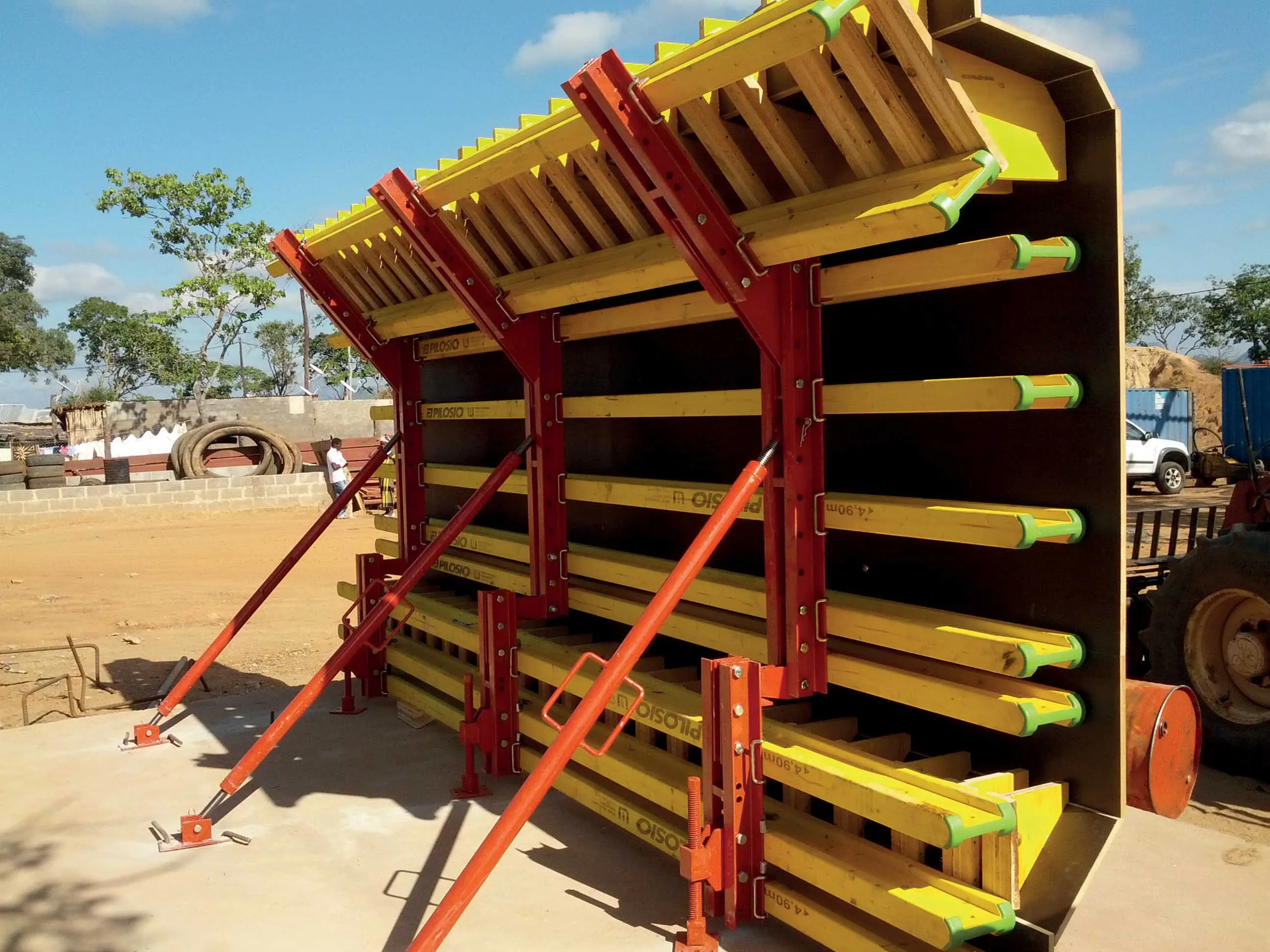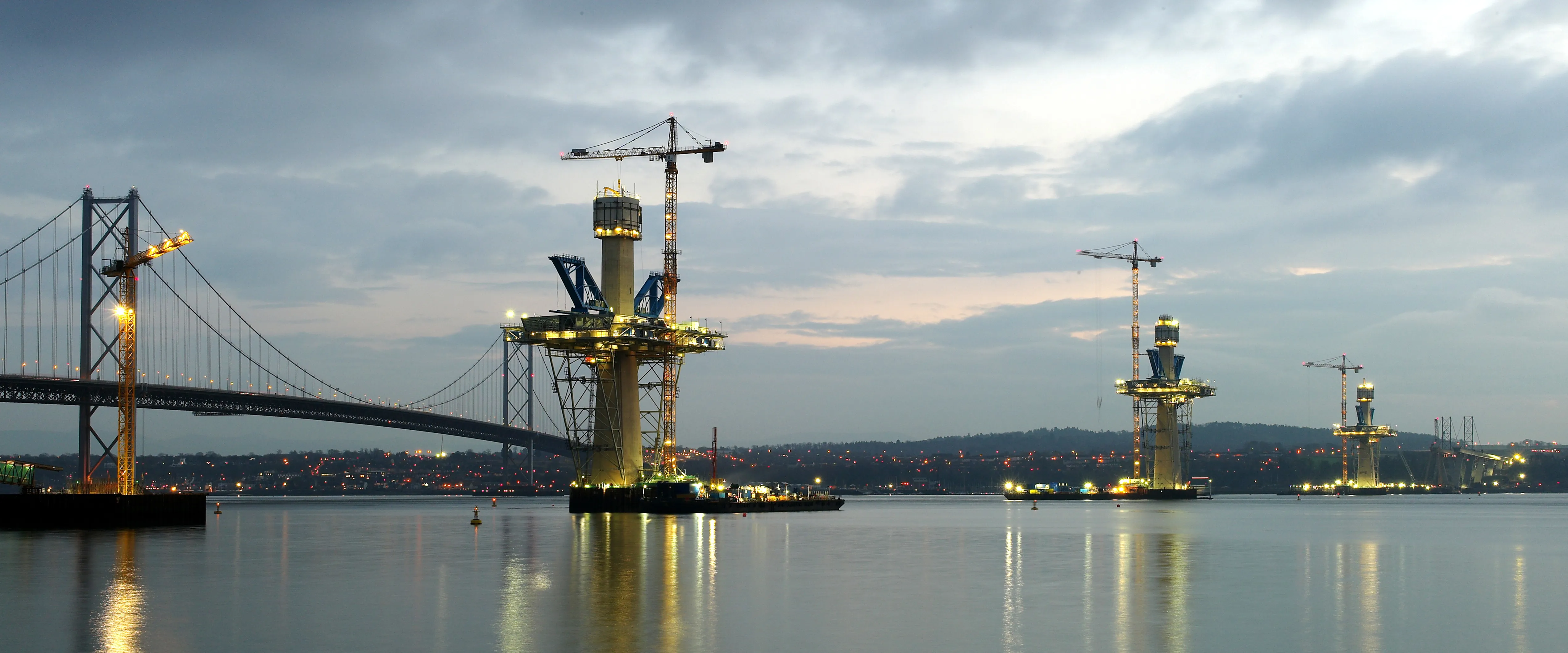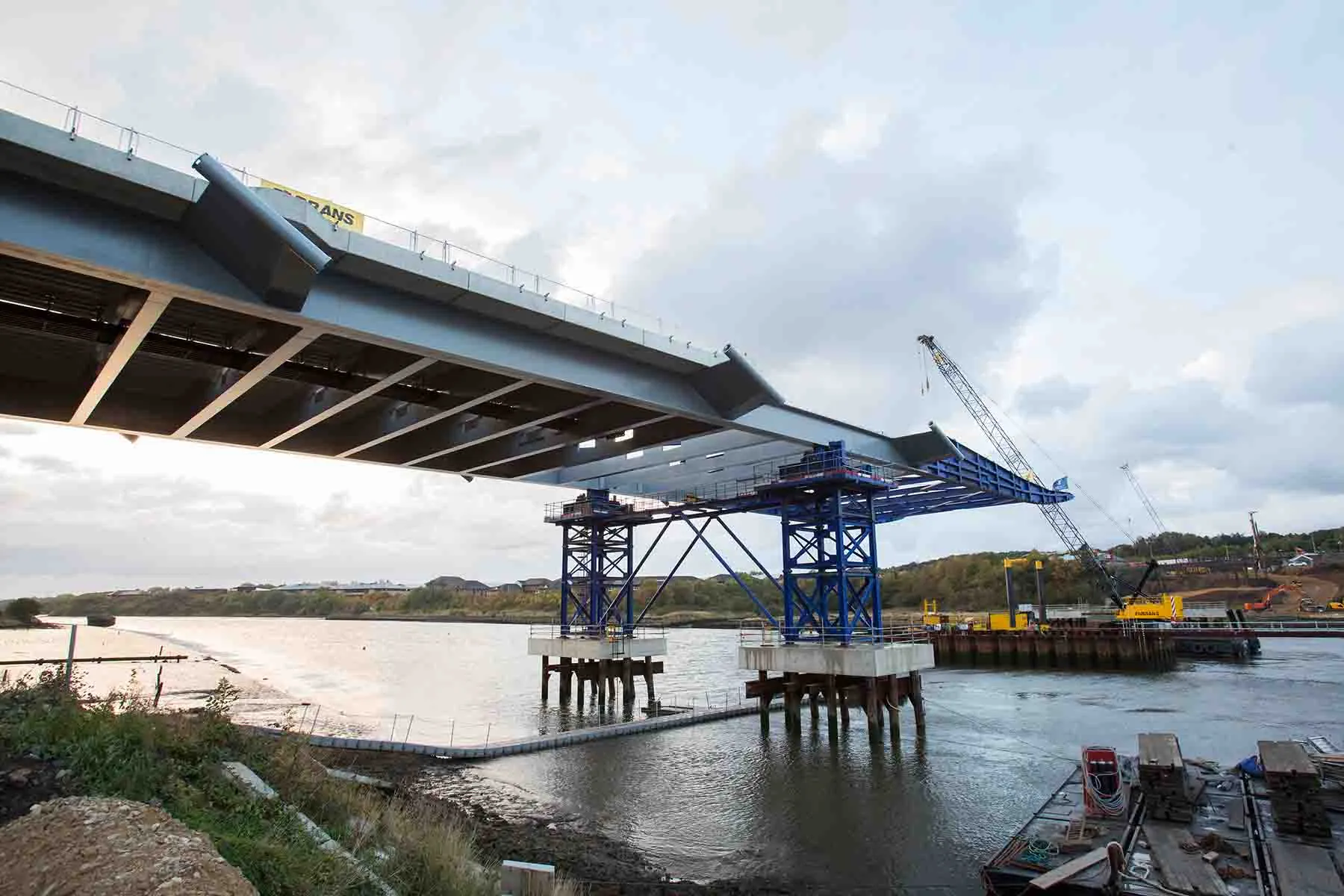COWI is working on a landmark UK bridge project.
By MJ Woof
December 2, 2020
Read time: 2 mins

The new Carrington Bridge project in Worcester is the first UK bridge to use a new higher-strength grade of weathering steel. This S460W material offers structural and environmental benefits.
Using this stronger grade of steel enabled the COWI design team to reduce the total material quantity by 15%, resulting in a more sustainable structure. The reduced quantity of steel reduces associated carbon emissions from manufacturing and transport. The use of corrosion-resistant weathering steel means the steelwork does not require painting, a further environmental benefit.
The use of weathering steel also made it easier to transport and lift the girders. These were delivered to site in segments of up to 48m, then spliced into whole-span lengths of 80m before being lifted onto their supports by a 1,200tonne capacity mobile crane, one of the UK’s largest. The final two crane lifts over the River Severn were achieved at a radius of 80m with the crane boom extended to its maximum length of 180m.
COWI won the work on the project with Alun Griffiths Contractors, as part of an ECI scheme, to design the three-span composite road bridge, as well as the geotechnical design of the road embankment, retaining walls and slope stabilisation measures. The bridge has a total length of 205m and forms part of the Worcester Southern Link Road project, which will convert the A4440 from single to dual carriageway, relieving traffic congestion in the area. The steelwork for Carrington Bridge was fabricated and installed by Cleveland Bridge.
The 2.5km long highway scheme includes another significant viaduct as well as a landmark footbridge, also designed by COWI. In addition to designing the structures, COWI was also responsible for all of the geotechnical design of the project, including earthworks. Completion of the bridge is planned for spring 2021.









